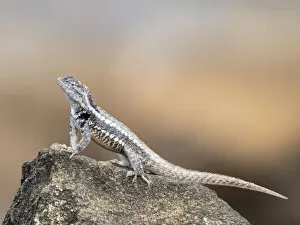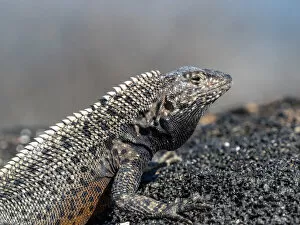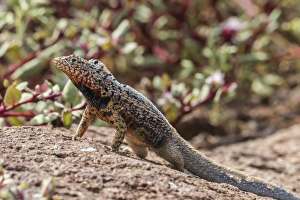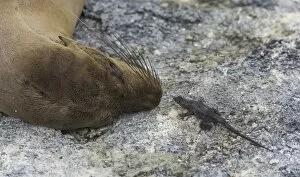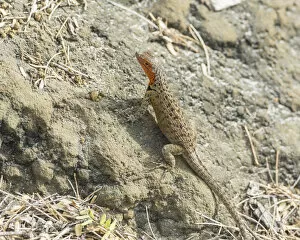Galapagos Lava Lizard Collection
The Galapagos lava lizard, scientifically known as Microlophus albemarlensis, is a fascinating reptile species found on the beautiful Galapagos Islands in Ecuador
All Professionally Made to Order for Quick Shipping
The Galapagos lava lizard, scientifically known as Microlophus albemarlensis, is a fascinating reptile species found on the beautiful Galapagos Islands in Ecuador, South America. This UNESCO World Heritage Site is home to a diverse range of wildlife, including these unique lizards. On Santa Cruz Island, we can spot an adult female Galapagos lava lizard gracefully moving through its natural habitat. With its vibrant colors and intricate patterns, it blends perfectly with the volcanic landscape. Meanwhile, an adult male Galapagos lava lizard displays its dominance on North Seymour Island. These lizards share their environment with another iconic creature - the Galapagos marine iguana (Amblyrhynchus cristatus). It's not uncommon to witness both species coexisting harmoniously along the shores of this pristine archipelago. Rabida Island provides a picturesque backdrop for an adult female Galapagos lava lizard basking under the warm sun. The contrast between her earthy tones and the island's red sand creates a stunning visual display. Venturing further to Fernandina Island reveals yet another male specimen of this remarkable species. Its agility and quick movements demonstrate why these lizards have successfully adapted to their volcanic surroundings over time. Courtship rituals are also observed among pairs of Galapagos lava lizards on North Seymour Island. Their synchronized dances and elaborate displays showcase nature's wonders at play. While exploring San Cristobal Island, one might come across an adult San Cristobal lava lizard (Microlophus bivittatus), closely related to our beloved Galapagos variety. These reptiles contribute to the rich biodiversity that makes these islands so special. Finally, back on North Seymour Island stands an impressive adult male Galapagos lava lizard alongside his counterpart from Rabida Island – showcasing how different habitats shape variations within this species.



